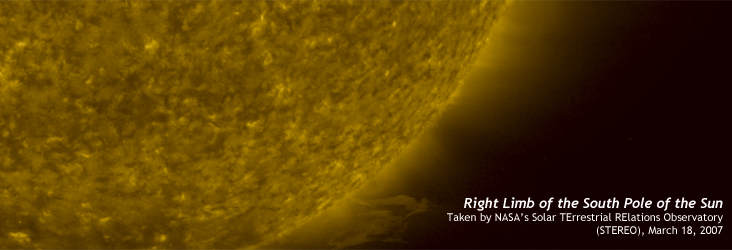

| Background | |||||
|
Questions To Think About Before starting any activities, try to answer these questions to discover what your ideas are before you start.
|
|||||
|
Background Science Activities Before working directly with the magnetic and radio wave data, it can be useful to learn some more about the concepts in the activities and to have students do some background lessons. Below we provide links to teacher's guides that contain activities to help students understand concepts involved in working directly with magnetometer and sudden ionospheric disturbance monitor data.
|

Introduction | Background | Activities | Message Board | Contact Us
SEGway is part of the Center for Science Education @ Space Sciences Laboratory, UC Berkeley
©2007 UC Regents
SEGway is part of the Center for Science Education @ Space Sciences Laboratory, UC Berkeley
©2007 UC Regents